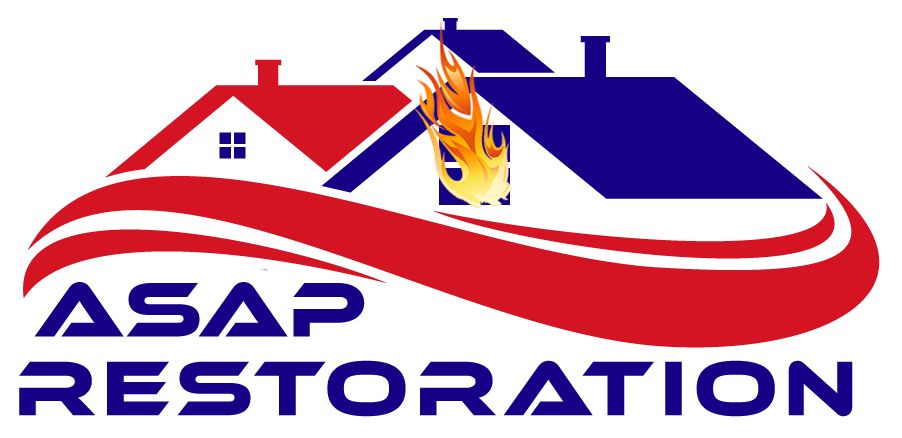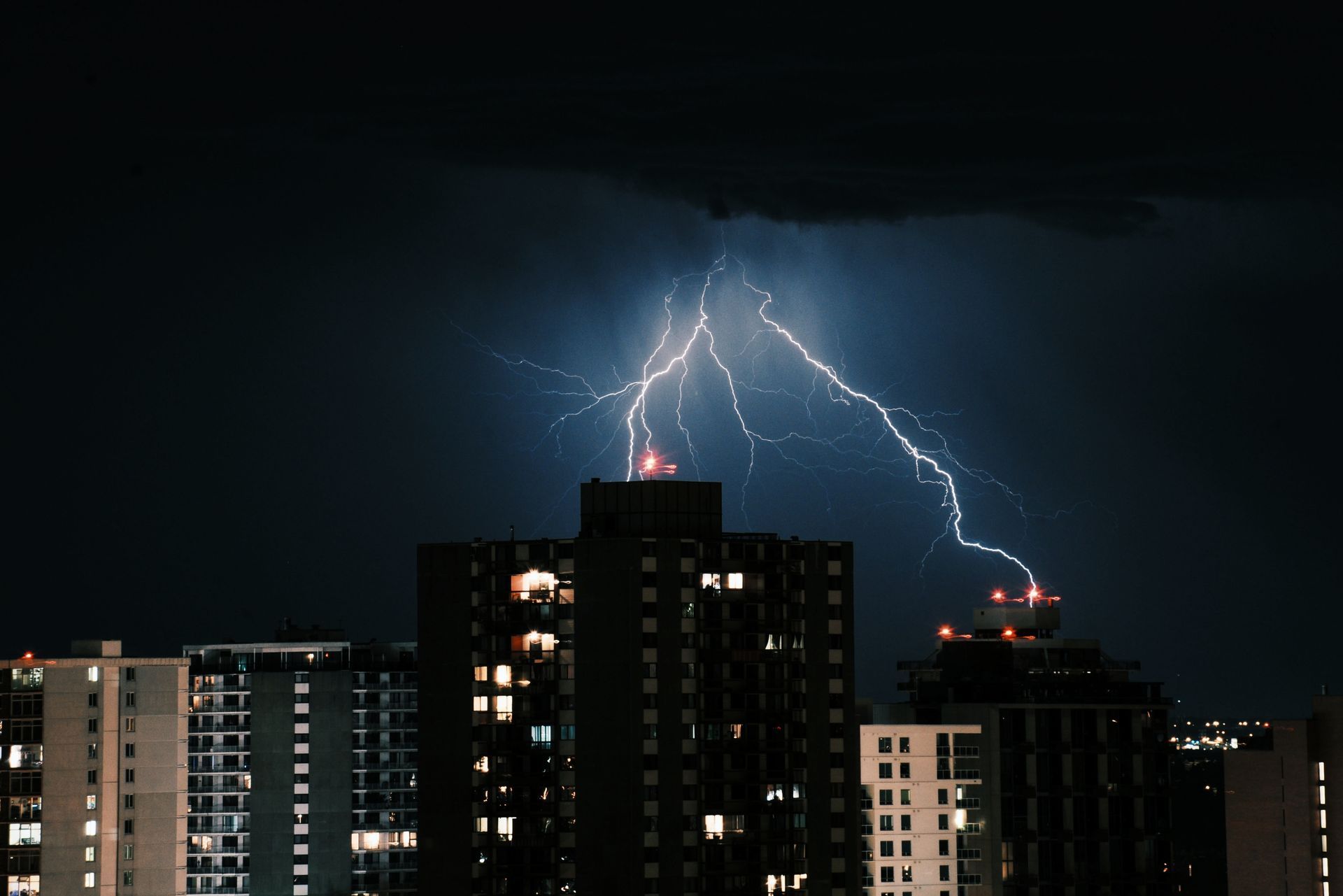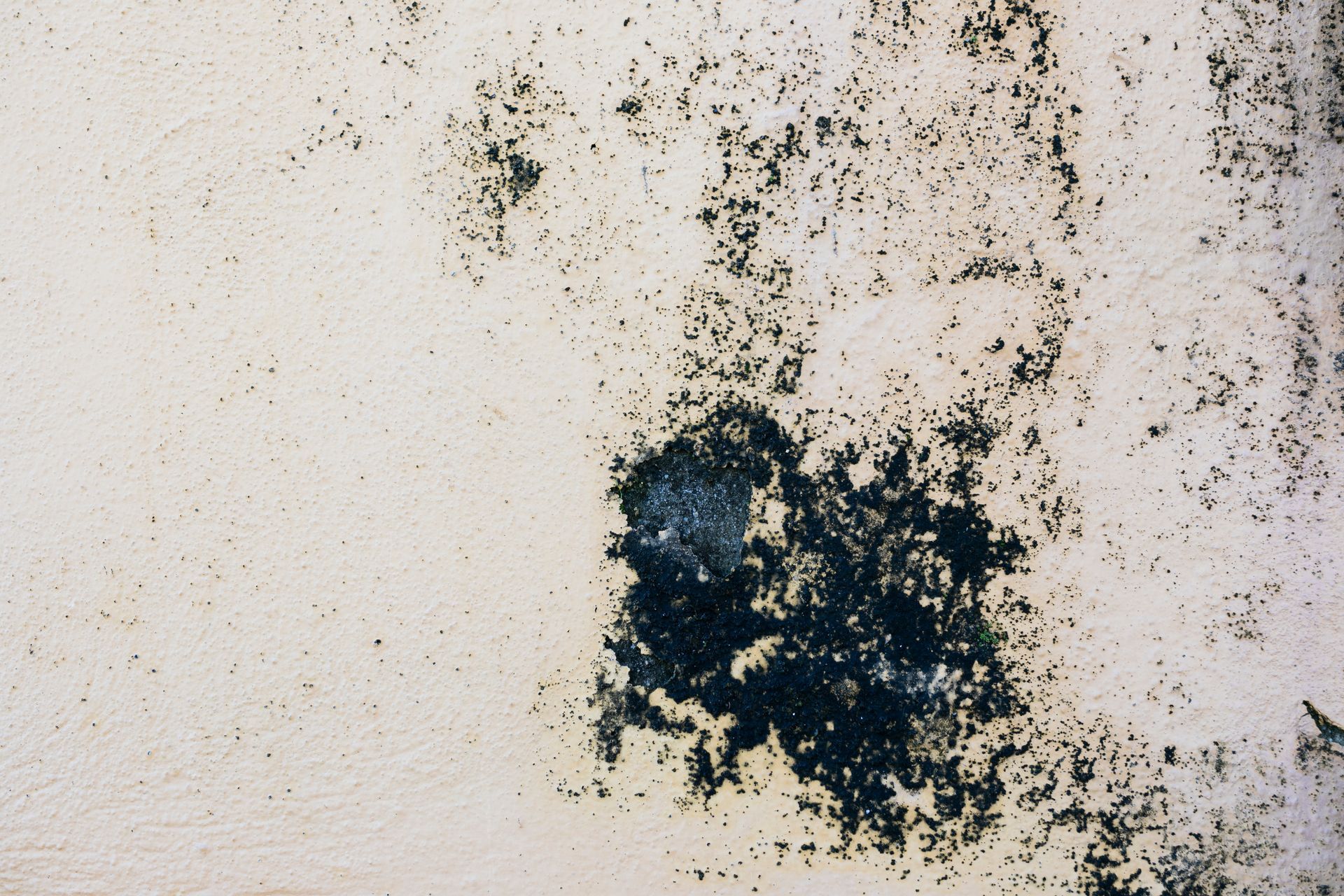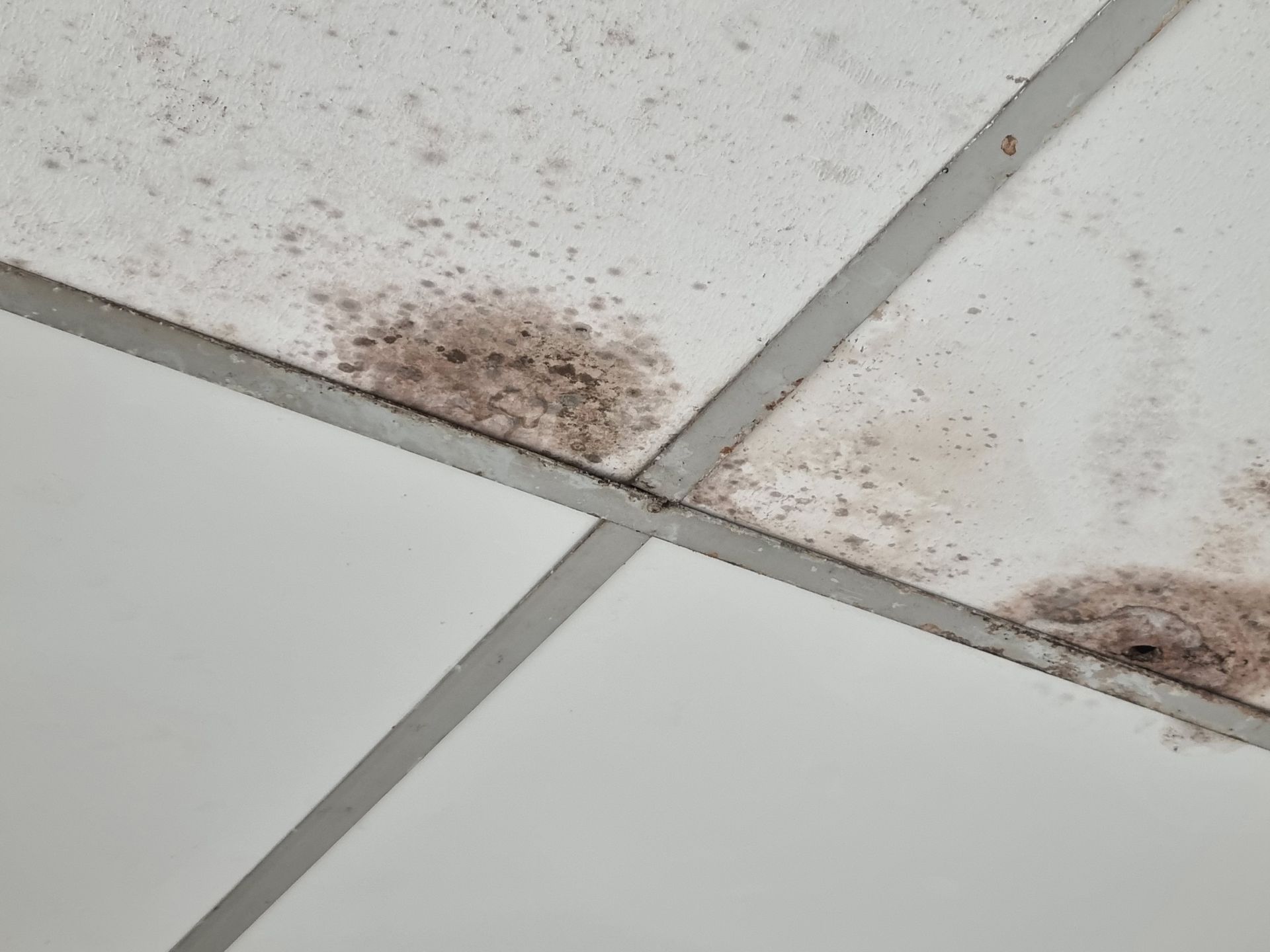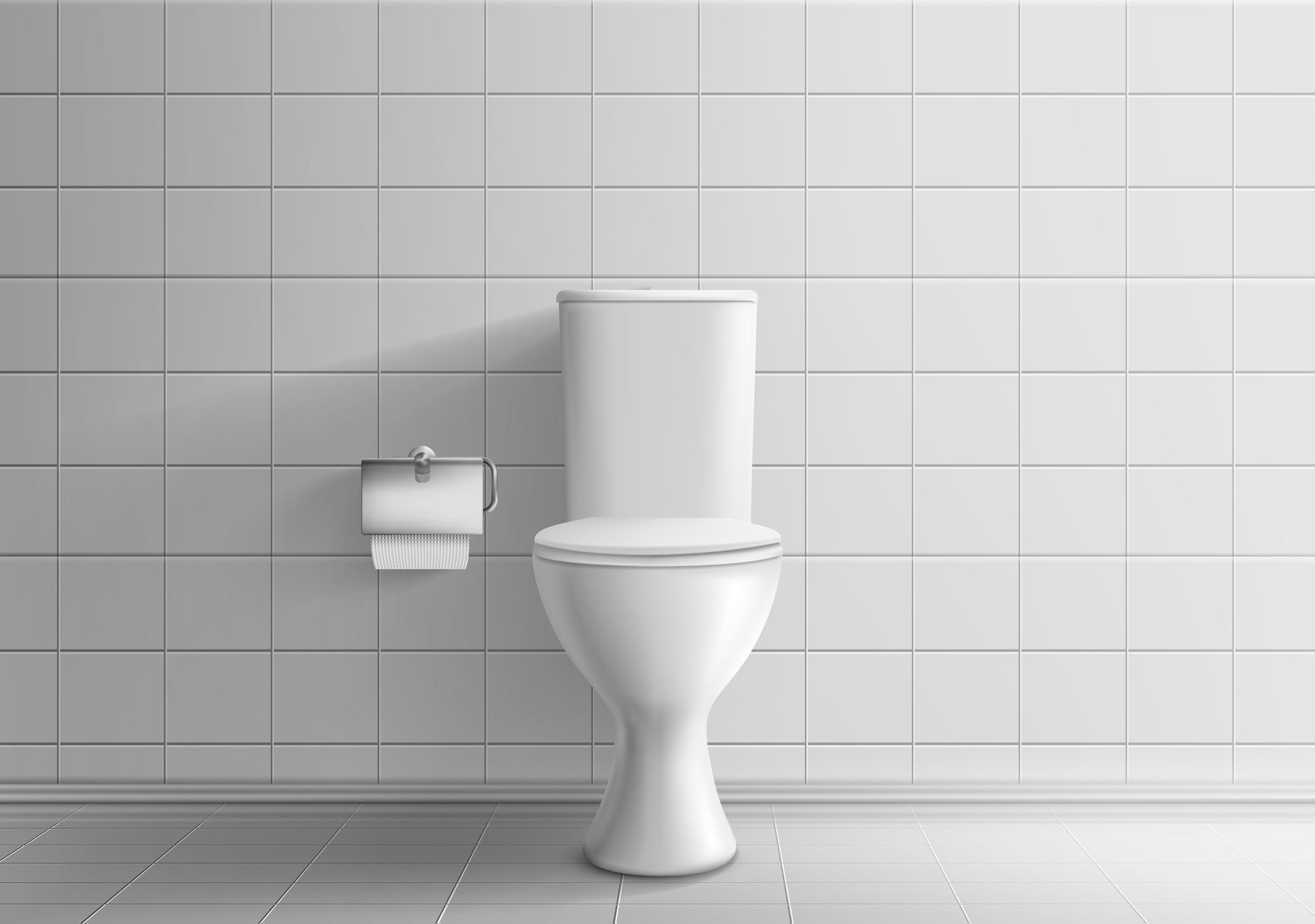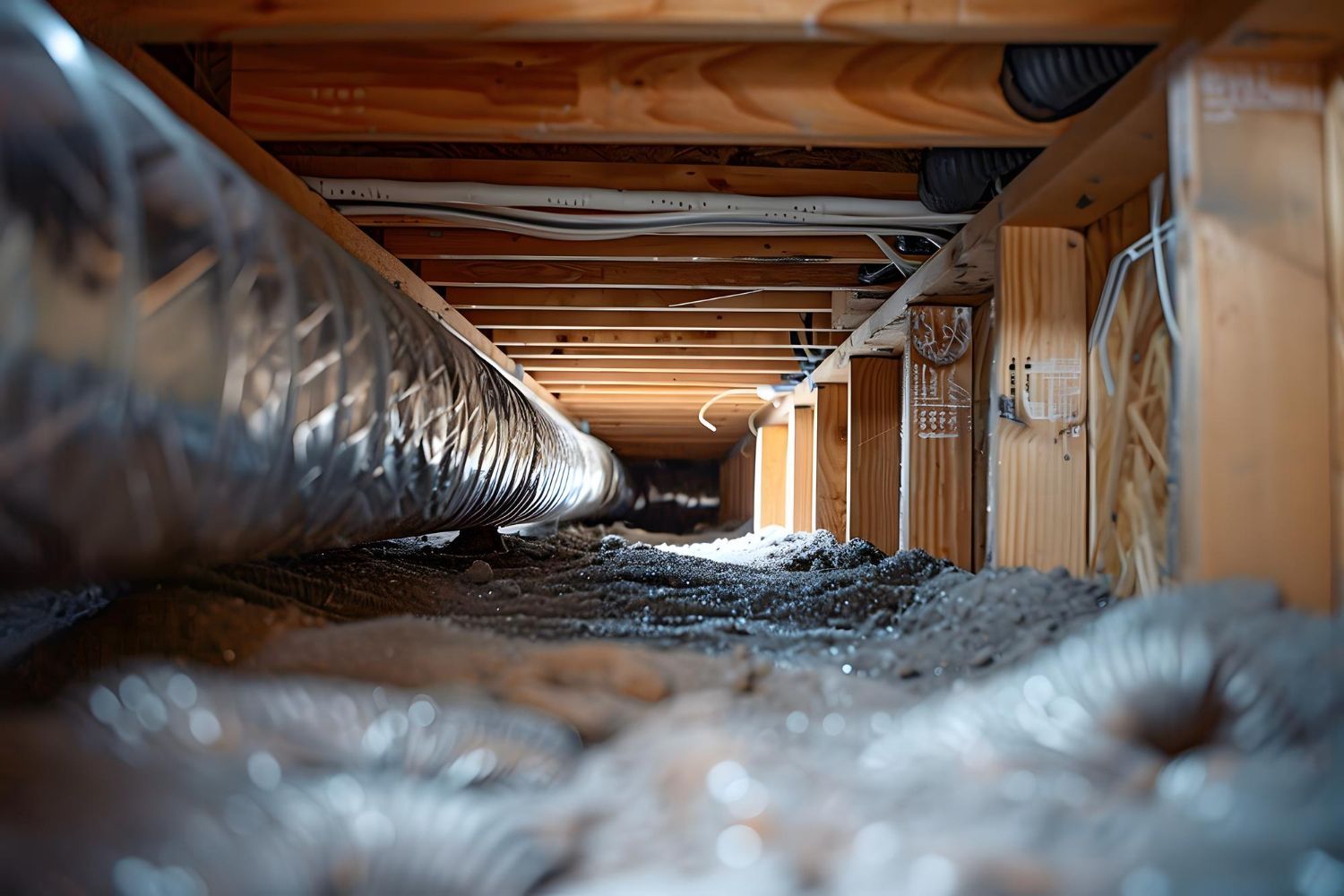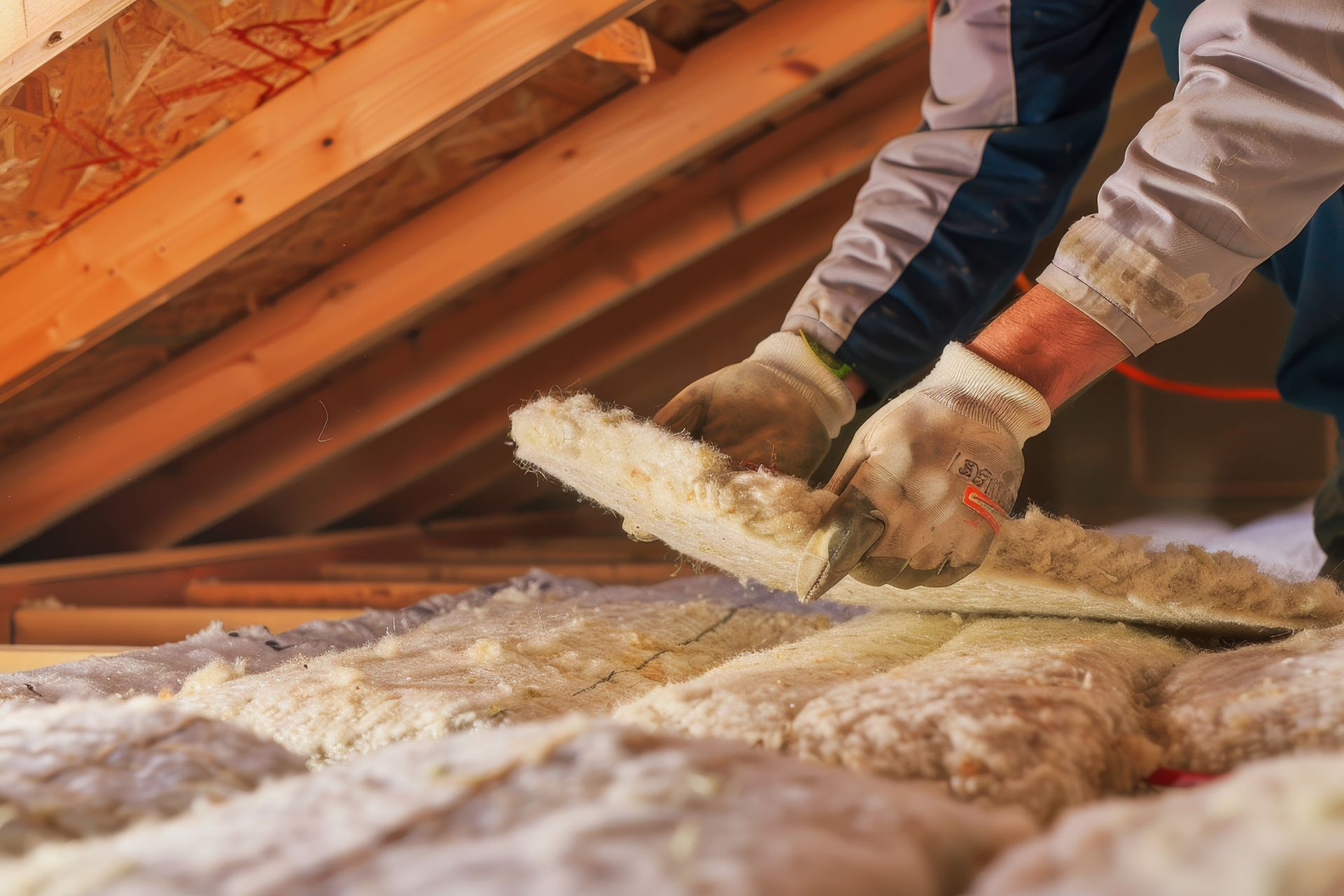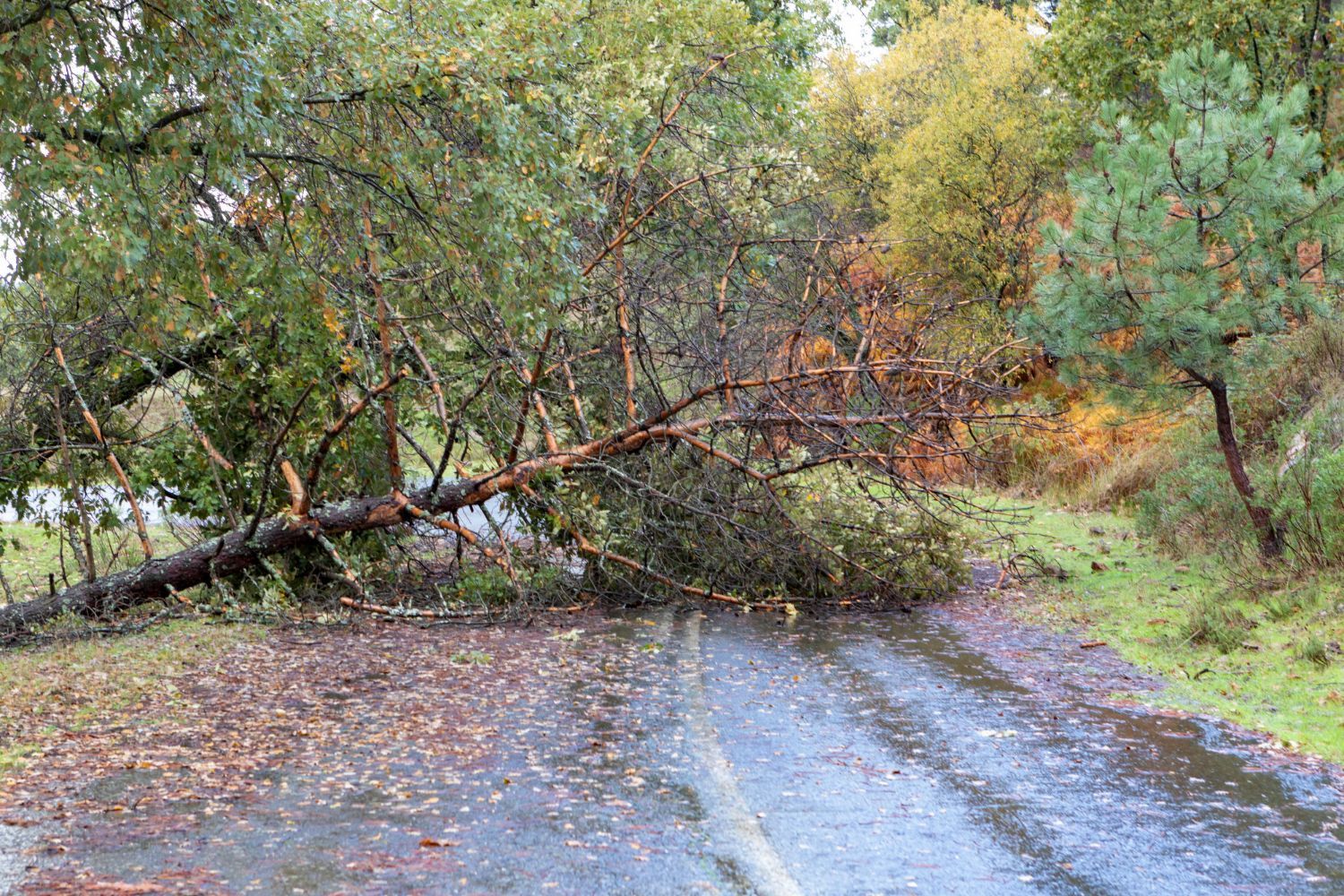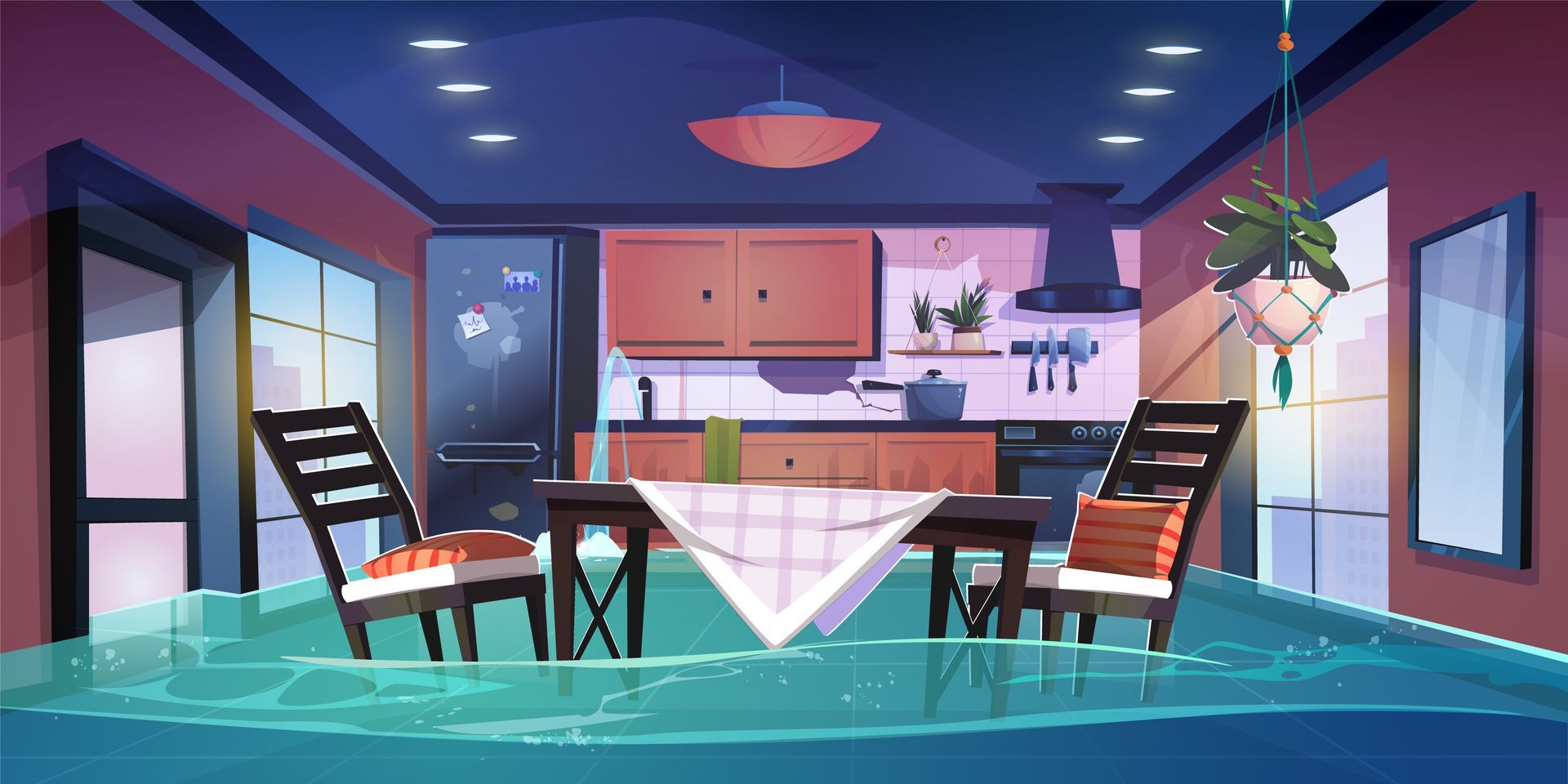Spring Allergies or Mold Exposure?
Deciphering Symptoms: Spring Allergies or Mold Exposure? -Hawthorne, CA
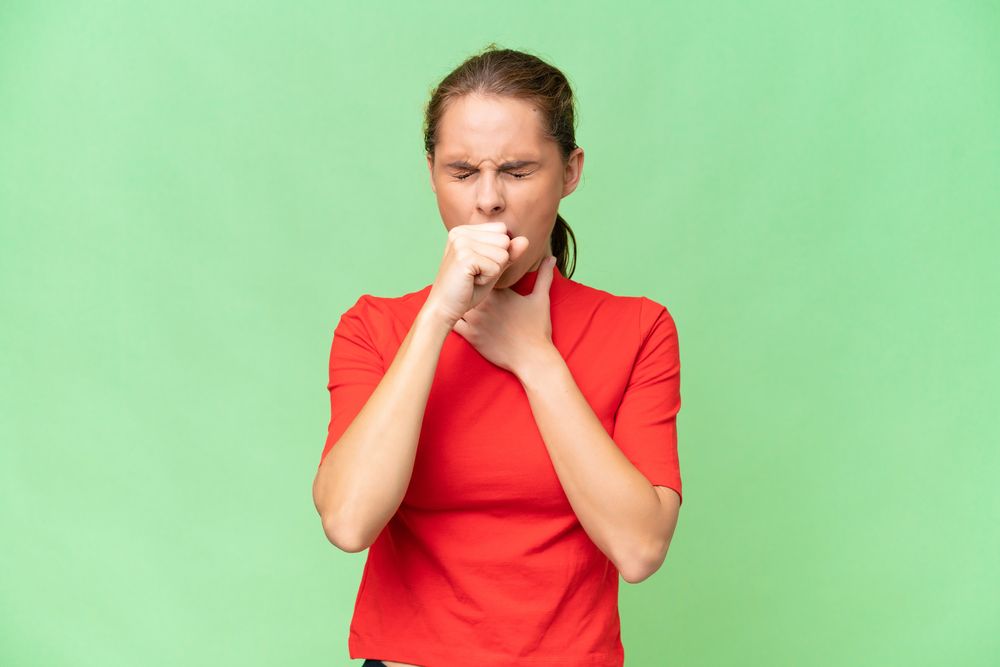
As spring blooms and nature comes alive, many people find themselves grappling with pesky allergy symptoms. However, for some individuals, these symptoms may not solely be attributed to seasonal allergies but could also be a sign of mold exposure. Distinguishing between spring allergies and mold-related symptoms is crucial for effective management and remediation.
Spring Allergies:
Springtime often brings an increase in pollen levels, triggering allergic reactions in susceptible individuals. Common symptoms of spring allergies include:
- Sneezing
- Runny or congested nose
- Itchy, watery eyes
- Scratchy throat
- Coughing
- Fatigue
These symptoms typically occur in response to outdoor allergens such as pollen from trees, grasses, and weeds. Allergy sufferers may experience relief when indoors, away from pollen sources.
Mold Exposure:
Mold thrives in damp, humid environments and can proliferate both indoors and outdoors. Exposure to mold spores can trigger allergic reactions and respiratory problems in sensitive individuals. Symptoms of mold exposure may include:
- Nasal congestion
- Sneezing
- Coughing
- Wheezing or difficulty breathing
- Skin irritation
- Headaches
- Fatigue
Unlike seasonal allergies, mold-related symptoms may persist or worsen indoors, particularly in areas with moisture issues such as bathrooms, basements, and attics. Visual signs of mold growth, musty odors, and recent water damage are indicators of potential mold exposure.
Differentiating Between the Two:
Distinguishing between spring allergies and mold-related symptoms can be challenging due to their overlapping presentation. However, several factors can help differentiate between the two:
- Timing: Spring allergies typically coincide with the onset of pollen season, whereas mold-related symptoms may persist year-round or worsen in damp, humid conditions.
- Location: Allergy symptoms may improve when indoors, away from pollen sources, whereas mold-related symptoms may worsen indoors, especially in areas with moisture issues.
- Visual Signs: Visual inspection for mold growth, along with musty odors and recent water damage, can indicate mold exposure rather than seasonal allergies.
Whether it's spring allergies or mold exposure, recognizing the symptoms and underlying causes is essential for effective management and remediation. Consultation with a healthcare professional and inspection by a qualified mold remediation specialist from ASAP Restoration can provide clarity and guidance in addressing allergy symptoms and mitigating mold exposure risks. By understanding the distinctions between spring allergies and mold-related symptoms, individuals can take proactive steps to safeguard their health and well-being year-round.
